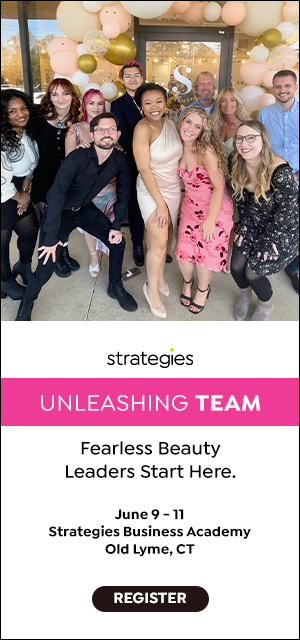Lead to the Level of the Challenge

Scenario 2: The salon/spa has been operating at a loss for too long. One partner runs the business and the other just wants to do hair. Both have taken pay cuts. The business side partner knows what needs to be done but is stuck without the support and cooperation of the creative partner. The creative partner just wants the business partner to make things better. Both partners are frustrated.
Scenario 3: Everyone is confronted with COVID-19 and how to respond to it. Personal lives and business operations are being disrupted. The stock market has no tolerance for uncertainty. Leaders need to make the tough decisions to lock down the spread, even if it requires extreme measures.
The list of salon/spa business challenge scenarios is endless. Devastating walkouts. Too much debt. Contaminated cultures. Low productivity. Selling a salon/spa for a decent price when it’s time to retire. Dealing with COVID-19. It’s all scary stuff.
In the absence of clarity and direction, there is fear. Too much fear leads to chaos. Too much chaos and things get out of control.
My message here is simple. There is no difference between a salon/spa with a culture problem, a salon/spa struggling to be profitable, or the leadership required to confront COVID-19.
Leadership is about maintaining absolute clarity, especially in times of challenge. Why? Because absolute clarity doesn’t give chaos the chance to take hold. Not in our personal lives, not in business, or in the communities we live in.
This rant is not political. It’s about all leaders doing their job. Communicate with clarity. Make the tough decisions now.
FACT: Leaders must lead to the level of the challenge before them.
Here are my six tried and true strategies to lead to the level of the challenge before you:
- Recognize, acknowledge and accept: The instant red warning lights start flashing, the challenge is real. When a challenge is identified, like a performance or cash-flow problem, the natural tendency is to mildly address it and hope it goes away. But the more significant a challenge becomes, any form of procrastination or avoidance allows the challenge to continue to grow until it becomes a crisis. KEY: The faster a leader acknowledges and accepts that the challenge is real, the sooner work can begin on finding a solution.
- Peel the right onion: There is much truth to the adage, “address the cause, not the symptom.” In business, leaders waste too much time playing the blame game. The more time you waste on blame, the more time you’re peeling the wrong onion. KEY: A challenge or problem is an outcome. All outcomes have drivers. In so many cases, the owner/leader, in some way/shape/form, is the driver of a challenge or problem. Not paying enough attention, is a driver. Fear of confrontation is a driver. Not wanting to disappoint employees with a necessary, but unpopular, change is a driver. Peeling the right onion often means looking in the mirror first.
- Urgency dictates timeline: Some challenges, like an employee’s performance, can be addressed via coaching over time. A severe cash-flow problem, like getting behind in rent or payroll taxes, has a high sense of urgency that requires a decisive plan of action. KEY: Use a simple one to five urgency ranking, where one is critical and a five is important, but not immediately critical. The trap that too many leaders fall into is focusing on the three, four or five lower level challenges and avoiding the BIG one and two challenges that doing damage. Address the one and two level challenges first because they require the most time, planning and work.
- Three best solutions: When the number one urgent challenge is identified, evaluate all possible solutions. Next, narrow down that list to the top three, most potent, solutions to address the challenge. KEY: It’s fine if the top three solutions represent an effective sequence to be implemented in a specific order. In almost every critical challenge situation, it is best to implement the most potent of the three solutions. That solution is usually the one you wish you didn’t have to implement. Get it done.
- Relentlessly communicate: The only way to achieve absolute clarity is to relentlessly communicate the “why, what, when and how,” and keep giving progress updates. Your team can only support what they understand. No one likes or overly supports dictatorial solutions that lack understanding and the expected outcome. KEY: The concept of “relentlessly communicate” goes much deeper than most leaders realize. It’s one thing to make an announcement, it’s something entirely different to get new procedures, systems and behaviors to take hold and stick. It also means that the leader needs to be present to guide, coach, correct, praise and inspire team members.
- Adjust and get over the finish line: As solutions are implemented, adjustments will need to be made. Heck, maybe the solution isn’t working and a new and better one is needed. Maybe the leader needs to dial-up engagement and coaching. Progress is an outcome of tenacity and persistence. KEY: This is where leadership teams, teamwork, scoreboards, and full transparency come into play. This is where leadership appreciation energizes the team. This is also where leaders must continue to make tough decisions, like making deeper spending cuts or finally letting that one change resister/non-team player go. Get it across the finish line. Put the challenge behind you and remember the lessons learned.
Here’s my challenge to you: Remember, leaders must always lead to the level of the challenge before them.
Challenges and problems don’t fix themselves. They fester and grow more complex.
Be the leader that your company and your employees need to get to a better place.








Comments
No comments found. Start the conversation!
Leave a Comment